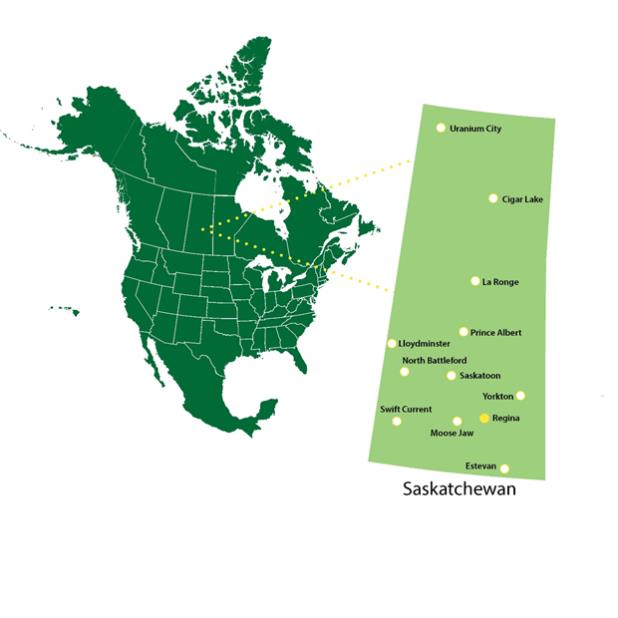AgriStability is a business risk management program designed to help farm operations facing large margin declines caused by production loss, increased costs or market conditions. Coverage is calculated using each participant’s historical tax and supplemental information. Costs of AgriStability are shared by the federal and provincial governments on a 60/40 basis.
The budgeted total Agriculture expense for fiscal year 2023 was $1,040.0 million, a decrease of $2,154.3 million, or 67.4 percent, from the fiscal year 2022 results. The decrease primarily reflects expectations of lower insurance liabilities relating to Saskatchewan Crop Insurance and AgriStability payments. In recent years, there has been a relatively low level of Crop Insurance and AgriStability claims due to favorable growing conditions, with the exception of a spike in fiscal 2022 due to higher crop insurance indemnities and AgriRecovery program costs stemming from the widespread drought, which is not expected to recur in the current year.
As of Mid-Year, Agriculture expense is forecast to increase by $204.3 million, due to an increase in premiums received for the current year’s crop. This additional expense is fully offset by the related premium revenue.
Community Development
The community development theme includes expenses to maintain and develop engaged and vibrant communities, including financial assistance and infrastructure funding to local governments and other authorities, which in turn provide community services. Community development also includes funding directed to specific community services such as sport, culture, arts, and heritage that improve quality of life.
The budgeted total expense for fiscal year 2023 was $729.9 million, an increase of $47.0 million, or 6.9 per cent, from the fiscal year 2022 results. The increase primarily reflects a continued investment Saskatchewan municipal infrastructure (under the Canada Community-Building Fund), partially offset by delays in northern municipal landfill and sewer projects. As of Mid-Year, the expense is forecast to increase by $17.6 million.
Economic Development
The economic development theme includes expenses to strengthen, expand and diversify Saskatchewan’s economy as well as to promote trade and growth in export markets. The expense arises from activities such as research, marketing, product development, financing, financial assistance, technology and infrastructure. Economic development also includes the strategic management of Saskatchewan’s non-renewable resources to support future economic activity.
The budgeted total expense for fiscal year 2023 was $327.7 million, a decrease of $193.1 million, or 37.1 per cent, from the fiscal year 2022 results. The decrease primarily reflects the completion of the Saskatchewan economic recovery rebate as well as an overall reduction in capital funding for SaskPower. As of Mid-Year, this expense is forecast to increase by $475.1 million from Budget, primarily due to a one-time affordability payment to Saskatchewan residents, estimated to cost $450.0 million for the current year.
Education
The education theme includes expenses to develop and maintain a quality pre-kindergarten through post-secondary education system, which is designed to impart knowledge and information, including activities that encourage ongoing learning and the acquisition of specialized skills as well as providing supports to help students be successful.
Education is the second largest expense of Province, constituting 21.6 per cent of 2022-23 budgeted expenses. The most significant components of Education expense are portions of the Ministries of Advanced Education (responsible for post-secondary education support) and the Boards of Education (responsible for elementary and secondary education support).
The budgeted total expense for fiscal year 2023 was $3,800.4 million, an increase of $115.1 million, or 3.1 per cent, from the fiscal year 2022 results. The increase primarily reflects an increase to improve access to high-quality, affordable childcare, partially offset by a decrease for pension expense, largely due to changes in actuarial gains and losses. As of Mid-Year, this expense is forecast to decrease slightly from Budget ($4.1 million).
32

